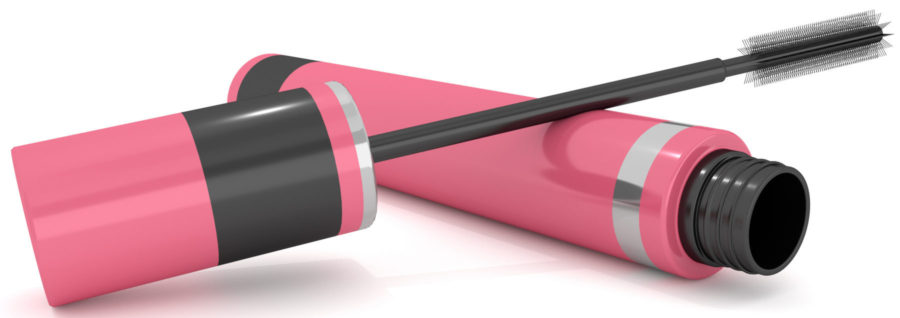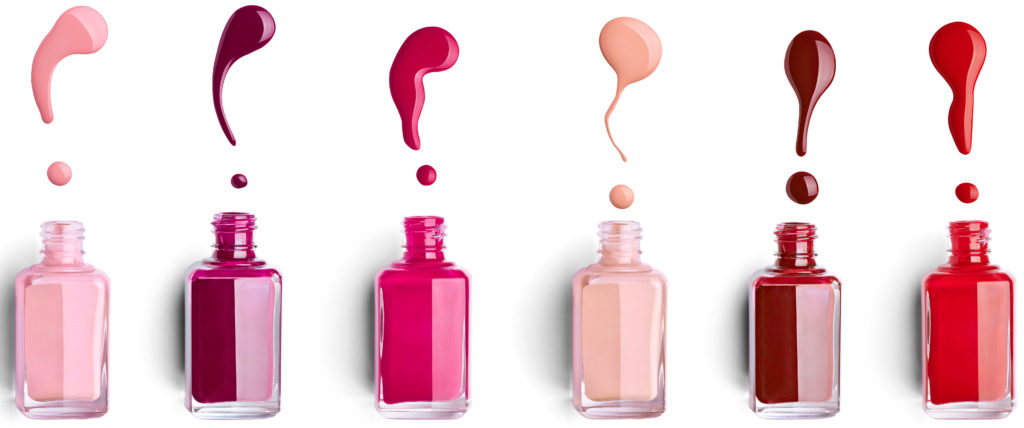
A new study has reported that phthalates (pronounced THAL-ates), a group of chemicals banned in products such as children’s toys and teething rings, have been found in powdered cheese mix found in macaroni and cheese products.
The Study
The study looked at 30 cheese products, including processed cheese slices, natural cheeses (hard, shredded, string, and cottage), and the powdered cheese mixes. Both certified organic and conventional dairy cheeses were tested, and phthalates were found in 29 out of the 30 samples tested.

Overall, over ten different phthalates were found, with one product containing up to six types of phthalates. The levels were highest in the powdered cheese mixes, followed by the processed cheese slices, with natural cheeses containing the lowest amount.
DEHP, a phthalate shown to inhibit testosterone and cause adverse effects to the male reproductive system, was the most-found and in the highest quantities in the cheese products tested. DEHP exposure has also been associated with detrimental reproductive, respiratory, and neurobehavioral outcomes in children (neurobehavioral effects include cognitive, behavioral, or emotional disorders associated with damage or dysfunction in the brain).
Because of these health effects, another phthalate, DiNP, has been replacing DEHP in food packaging, though it may not be a safer choice. Although the research on DiNP is less complete, studies have shown health concerns similar to DEHP, including metabolic and respiratory issues in children.
How Do Phthalates Get in Food
Phthalates are not purposely added to food, but they can contaminate foods during processing and packaging. Processed foods and those highest in fat tend to pick up the most phthalates and have the highest contamination rates.
Fast food is another common way to be exposed to phthalates through food. A 2016 study found those who eat fast food most often have higher urinary levels of phthalates than those who eat less fast food, by as much as 40% higher. The study authors believe it is because of PVC tubing, the vinyl gloves used in food handling, and the food packaging itself that are possible sources of phthalate exposure in fast food.
A 2016 press release from the Environmental Defense Fund agreed to look into the safety of phthalates for use in the food packaging process, but as of now there are still 30 different phthalates approved for use in food packaging and food contact materials.
Where Else You Can Find Phthalates
Phthalates are added to plastics to make them more flexible, so you’ll find them in products such as vinyl shower curtains, car interiors, and vinyl flooring. But surprinsingly, they’re also commonly found in cosmetics! They are used for several purposes, such as to keep mascara from running, nail polish from chipping, and to help hair sprays have a more flexible, but firm hold.

Phthalates are what I call a “sneaky” toxin because you typically won’t see them listed on an ingredient label. For example, they are also used to help fragrances last longer, so they typically hide under the terms “fragrance”or “parfum.” The reason for this is because fragrance is considered to be a trade secret, so companies are not required to disclose their exact fragrance formula ingredients.
Health Effects of Phthalates
- Several phthalates are listed as “chemicals known by the state to cause cancer” on California’s Prop. 65 list
- They act as endocrine disruptors. An endocrine disruptor is a synthetic chemical that blocks or mimics our hormones (our body’s “messengers”) and prevents them from doing their jobs. The endocrine system regulates every function of the body. Exposure to endocrine disruptors can lead to health issues such as thyroid problems, autoimmune disorders, diabetes and other metabolic disorders, reproductive issues, and cancer.
- Phthalates have also been linked to reduced IQ in children who have had prenatal exposure. A study performed at Columbia University Mailman School of Public Health has revealed that children born to mothers who had the highest urinary levels of phthalates when tested had IQs that were up to 7.6 points lower than children whose mothers had the lowest levels.
How We Can Reduce Phthalate Exposure
- Eat whole foods as often as possible. Processed and high-fat foods contain have been found to have the most phthalate exposure.
- Buy organic produce, meat, and dairy as much as possible to reduce phthalate exposure from pesticides.
- If you must use plastic, look for recycling codes 1, 2, 4, and 5 on the bottom of plastic products, and avoid recycling codes 3 and 7.

- Reduce your fast food intake. Studies have shown that those who consume the most fast food have higher levels of phthalates (up to 40% higher) than those who consume less fast food.
- Don’t store food in plastic containers.
- Don’t put plastic reusable water bottles or plastic dishes in the dishwasher. Heating plastic can cause plastic chemicals to leech into the food or beverage.
- Take the plastic lid off your hot coffee cup to avoid the plastic chemicals from leaching.
- When choosing personal care products or cosmetics, avoid products with “fragrance” or “perfume.” Look for products that say “phthalate-free.”
While avoiding all phthalates is nearly impossible, the good news is that these are simple steps you can take to reduce your family’s exposure. I recommend using stainless steel or glass reusable water bottles (Life Factory water bottles are one of my favorites!), and replacing just a couple of your most-used plastic food storage containers first, with glass ones.
It’s not about replacing everything all at once – it’s all about reduction rather than complete elimination. Even small steps can have a huge impact on your family’s health!
If you want to finds safer cosmetics and personal care products that don’t contain phthalates, click here to get my free guide, “Safer Beauty Products…Plus How to Buy Them on a Budget.”
